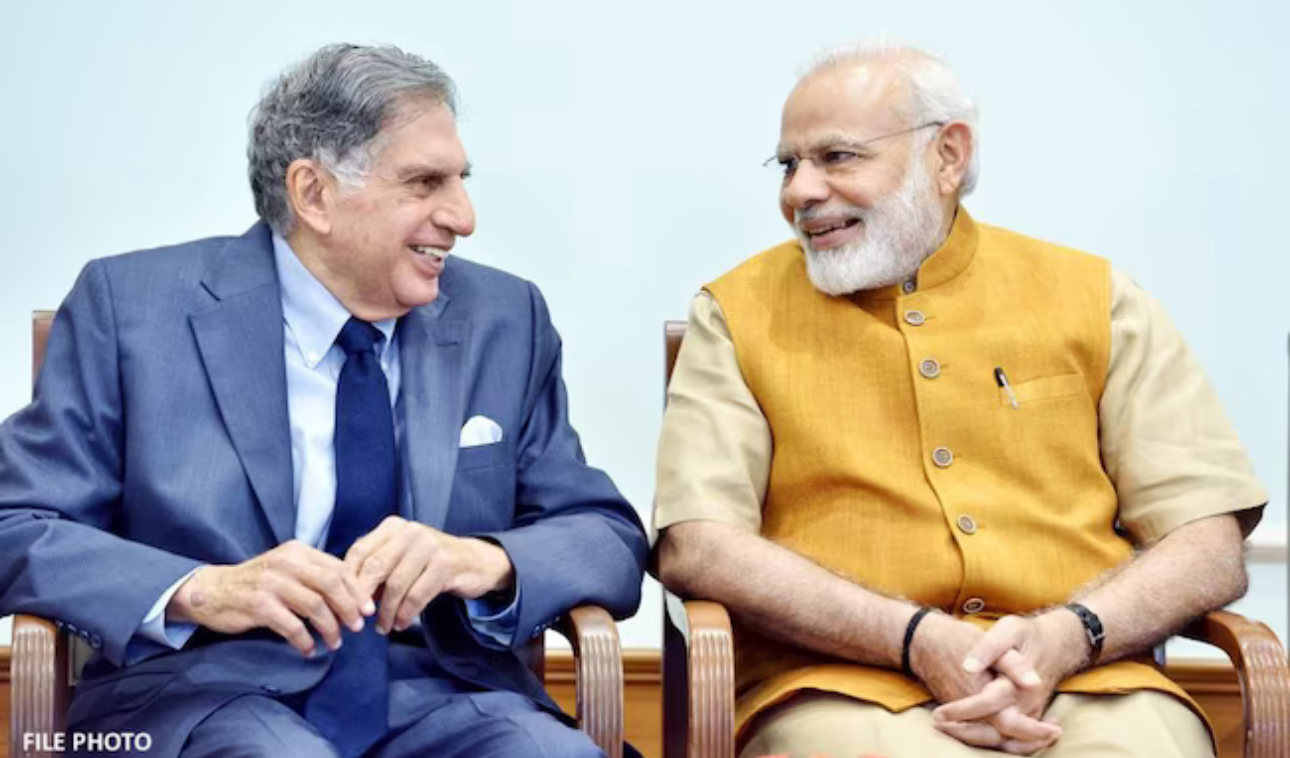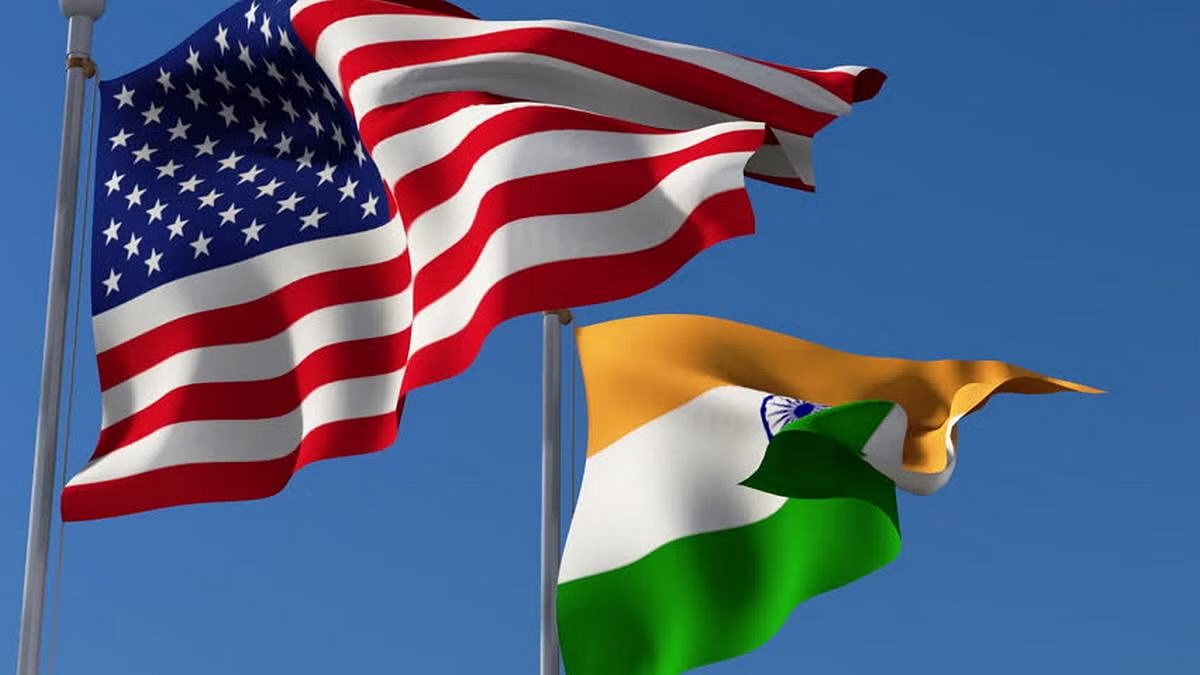South Asia Smartphone Market Sees 39.5% Growth in 2Q24, Reports IDC

INDIA – South Asia’s smartphone market (excluding India) experienced a significant surge in 2Q24, with shipments totaling 2.9 million units, marking a 39.5% year-over-year (YoY) growth, according to the International Data Corporation’s (IDC) Worldwide Quarterly Mobile Phone Tracker. This follows a strong double-digit growth pattern observed in 1Q24.
Country-wise Market Insights:
- Bangladesh shipped 2.0 million units in 2Q24, showing 20.1% YoY growth. The festive season of Eid fueled consumer demand, as brands introduced special offers and discounts.
- Nepal witnessed an impressive 77.8% YoY growth, shipping 548,000 units. The continued growth for three consecutive quarters was driven by the introduction of affordable, high-spec smartphones during Nepali New Year and Buddha Jayanti.
- Sri Lanka saw extraordinary growth, with a 218% YoY increase and 365,000 units shipped. This marks the fifth consecutive quarter of triple-digit growth, supported by the launch of new brands and models during celebrations such as Sinhalese New Year, Vesak Poya, and Poson.
“Nepal and Sri Lanka are expected to continue their growth momentum in 3Q24, thanks to the upcoming Diwali festive period in Nepal and the expansion of Chinese brands in Sri Lanka. However, political unrest and floods could dampen Bangladesh’s market,” said Anjney Bhardwaj, Senior Market Analyst, Mobile Phones, IDC India.
Rising ASPs and Market Segment BreakdownThe average selling price (ASP) of smartphones in South Asia rose by 19.2% YoY, reaching USD 152. The market was dominated by the low-end segment (USD 100-200), which accounted for 50% of the market. This was followed by the ultra-low-end segment (under USD 100), comprising 34% of the market. Transsion led the ultra-low-end segment, while Xiaomi dominated the low-end segment in Bangladesh and Nepal, and Samsung led in Sri Lanka. Vivo led the mid-range segment (USD 200-400) in Bangladesh, while Samsung and Honor took the lead in Nepal and Sri Lanka, respectively.
5G Smartphone Surge 5G smartphone shipments surged by 354% YoY, accounting for 15% of the overall smartphone market in the region.
- In Bangladesh, 5G shipments grew by 430%, reaching 8% of the market, as telcos expanded 5G services while continuing to prioritize 4G rollout.
- Nepal recorded 212% YoY growth, with 5G smartphones making up 34% of the market, following the government’s authorization of 5G spectrum auctions.
- Sri Lanka saw 5G smartphones account for 25% of total shipments, as Dialog Axiata expanded its 5G coverage after acquiring Sri Lankan Telecom and Airtel.
Retail Channels Dominate Retail outlets continued to dominate distribution channels, with a 98% market share, as consumers preferred to physically inspect smartphones before making purchases. This was facilitated by the easy availability of multi-brand outlets and the expansion of national distributors, particularly in Sri Lanka.
Leading Brands
- Transsion led the South Asia market with a 24% share, followed by Xiaomi at 22%, and realme at 14%.
- Transsion retained its lead in Bangladesh for the eighth straight quarter, despite a 10% YoY decline, with its Spark Go 2024 and A05s models performing well.
- Xiaomi continued to dominate the Nepalese market, growing 122% YoY, with its Redmi 13C series as the top-seller.
- Honor took the lead in Sri Lanka, with a 21% market share, as its X7b model became the most shipped device in the country.
As the South Asian market shows no signs of slowing down, 5G adoption and brand competition are expected to shape the region’s smartphone landscape in the coming quarters.



















Facebook Comments